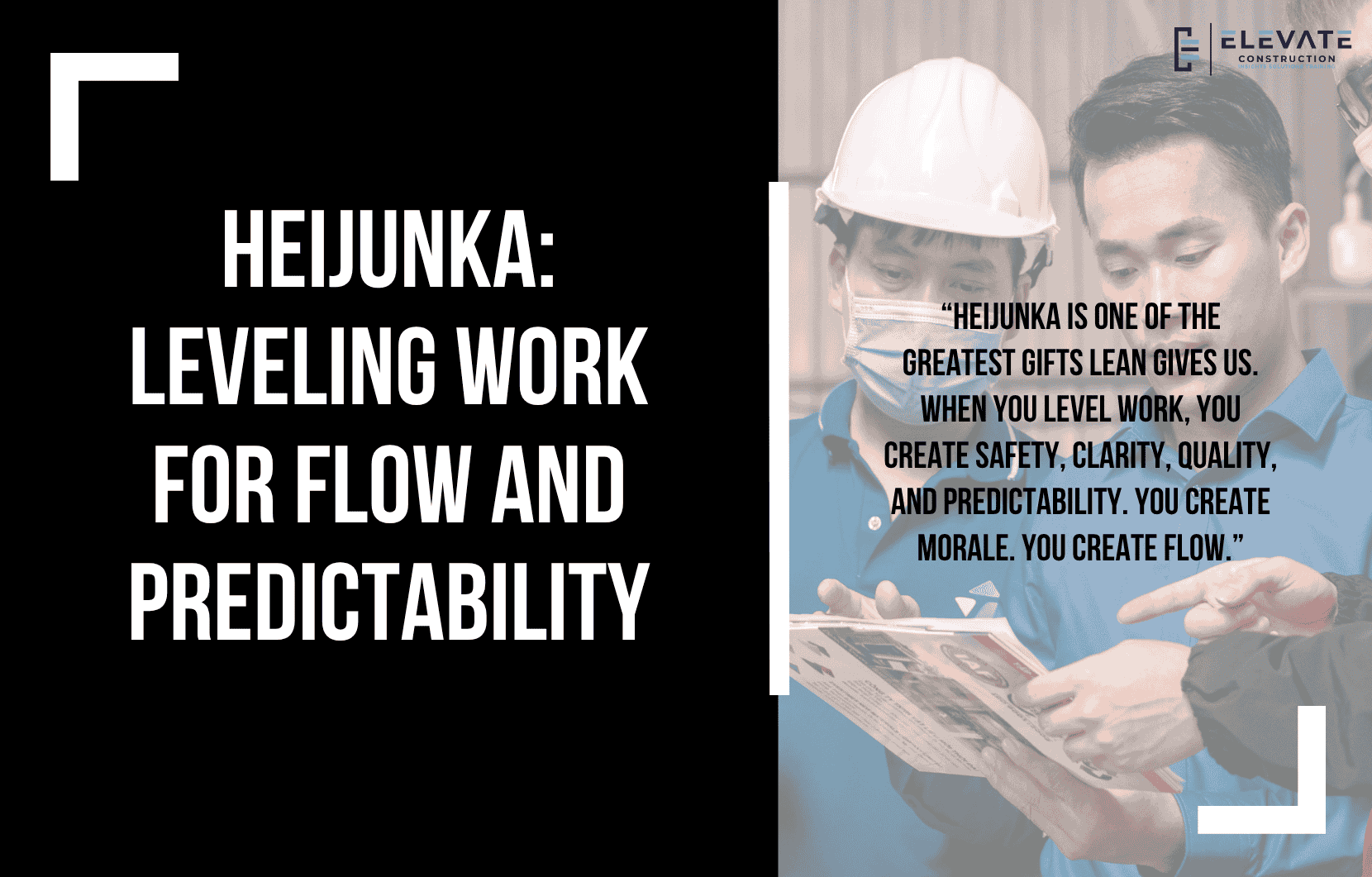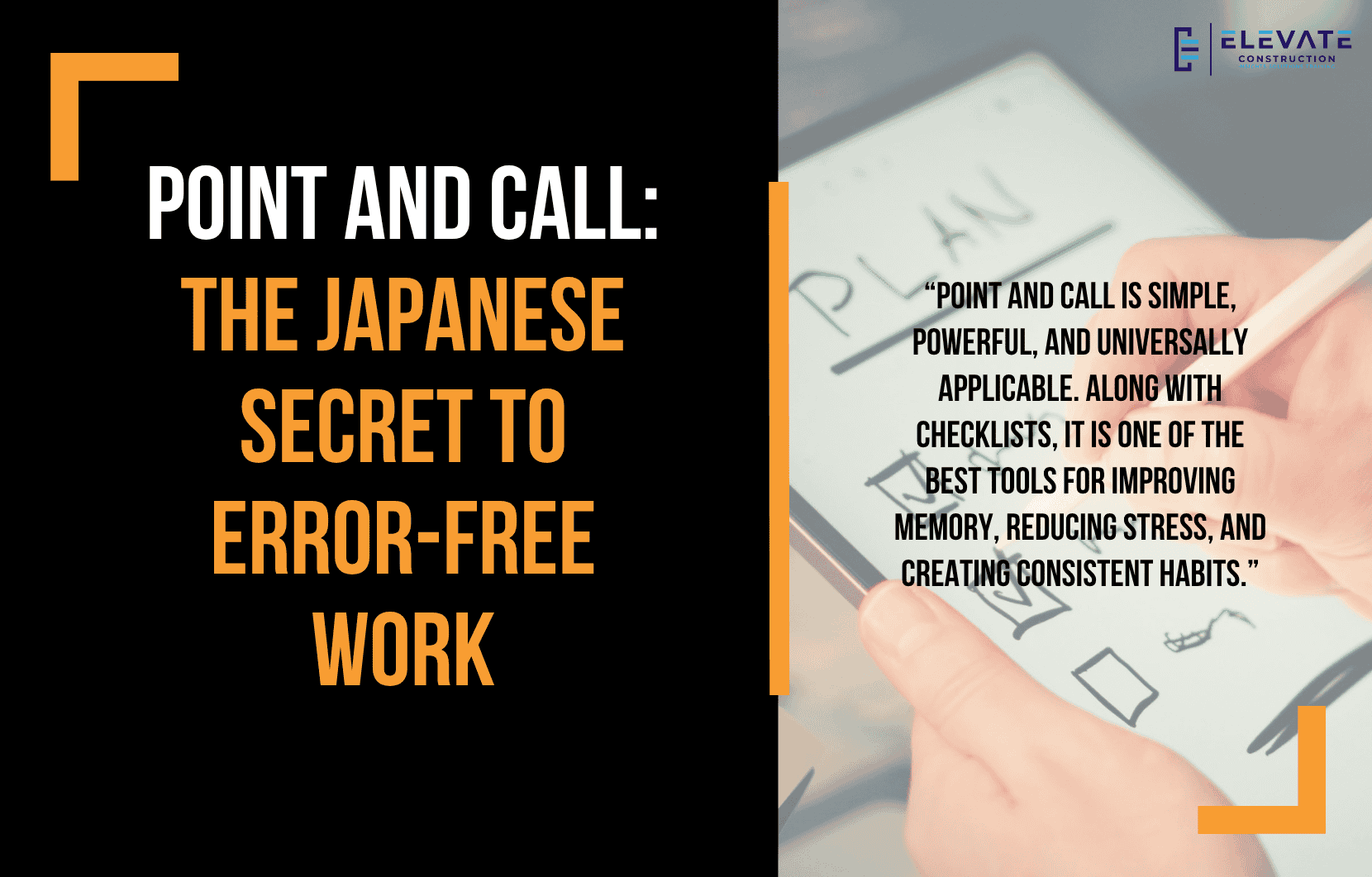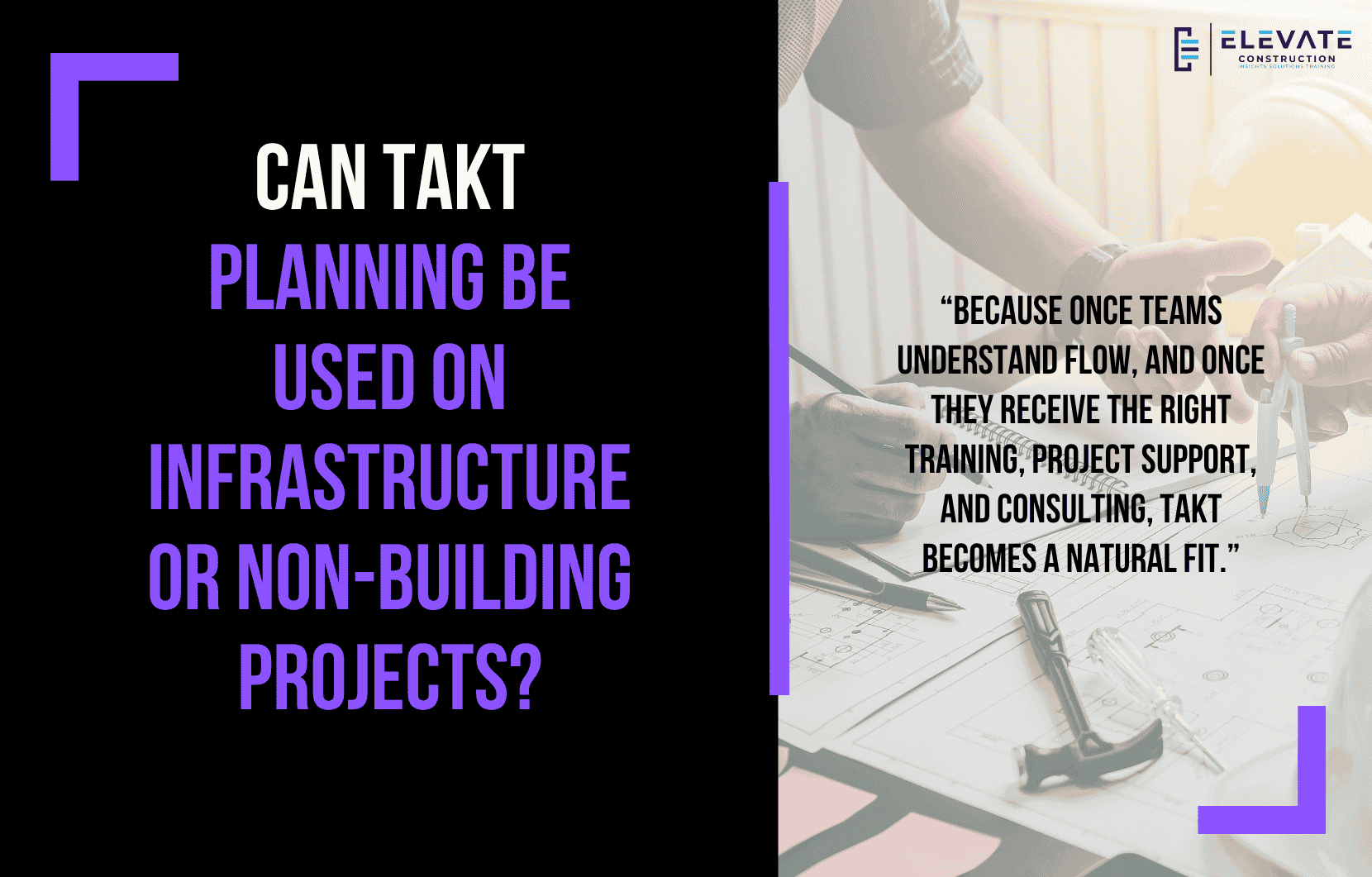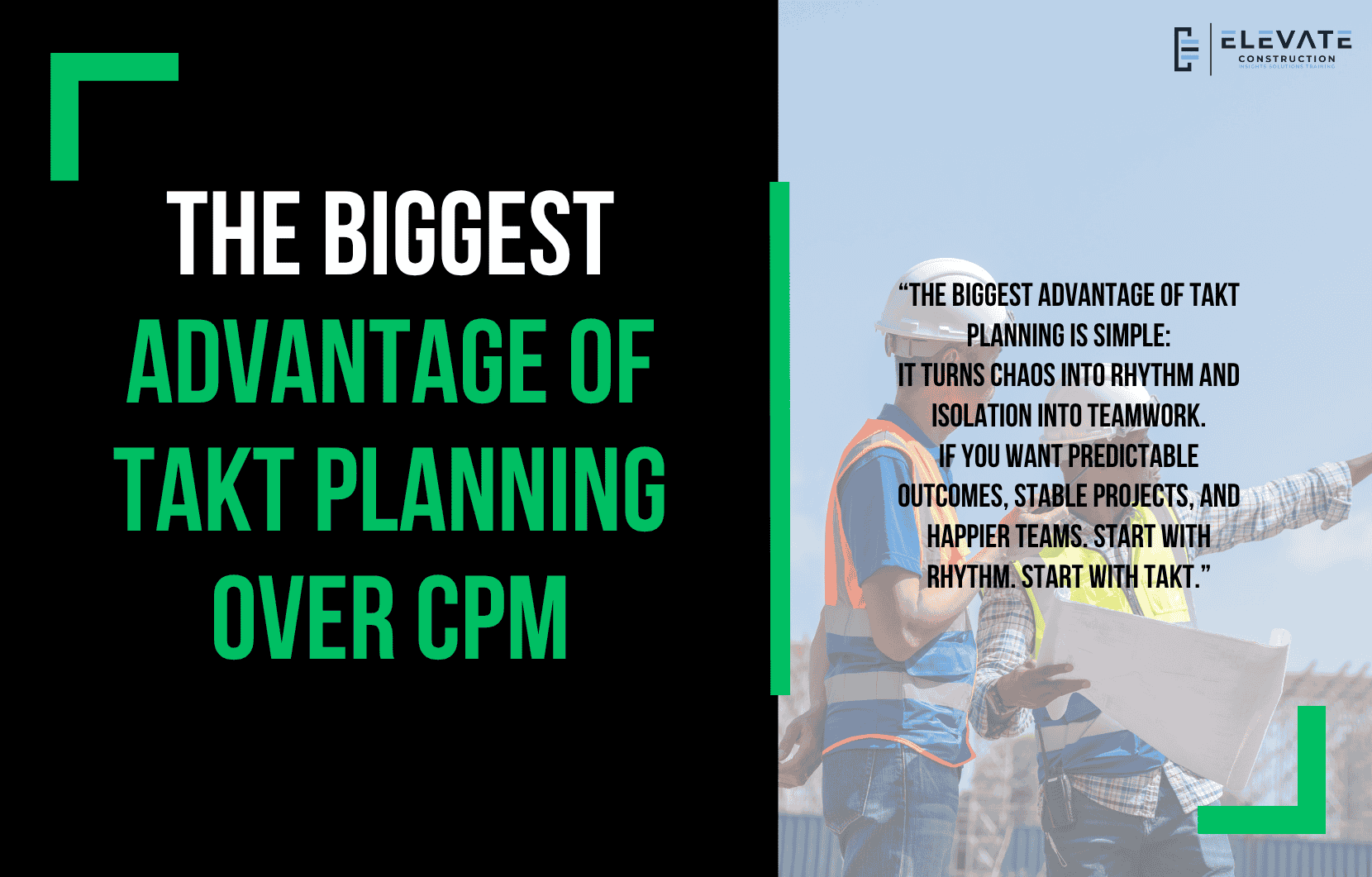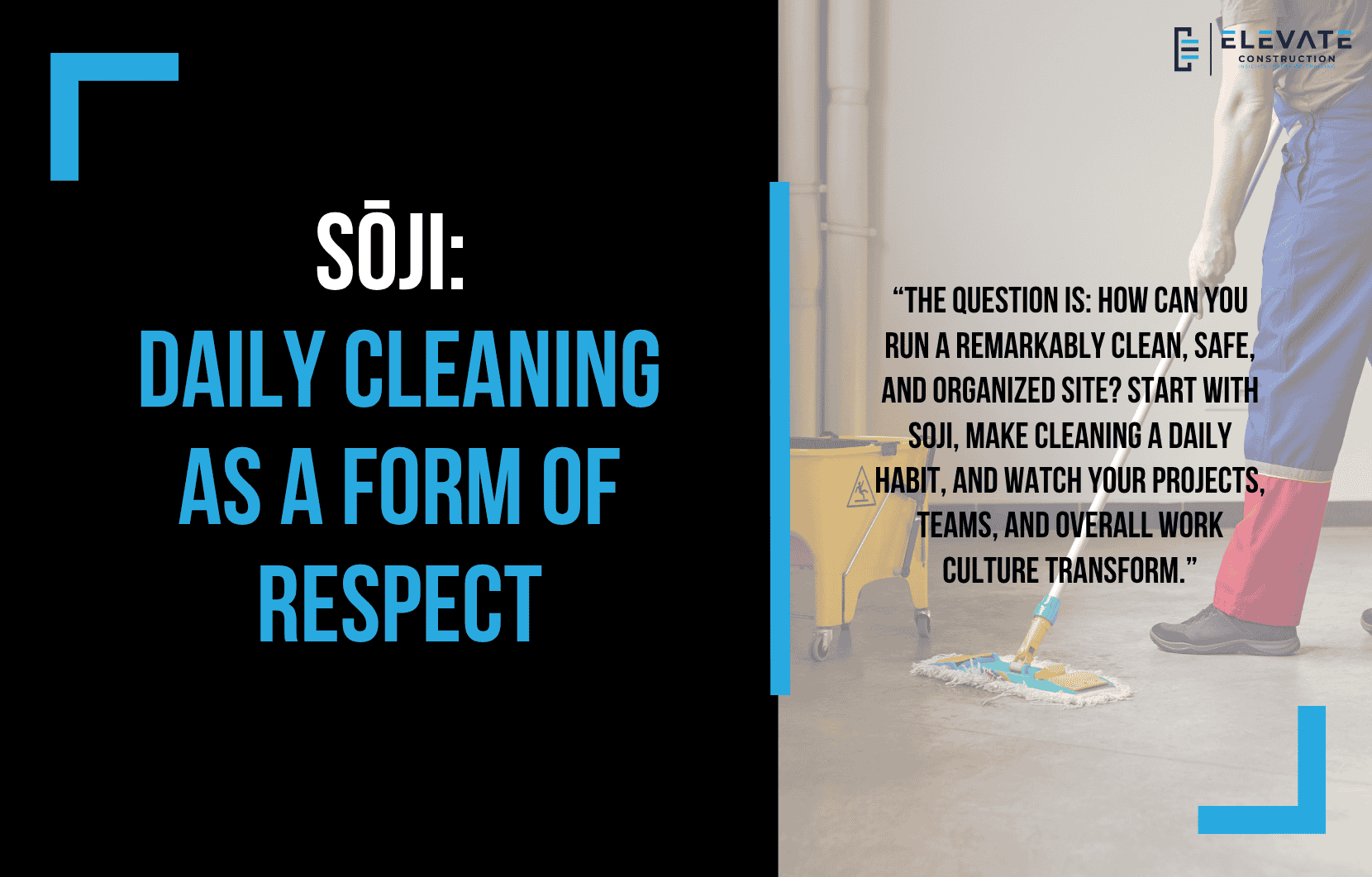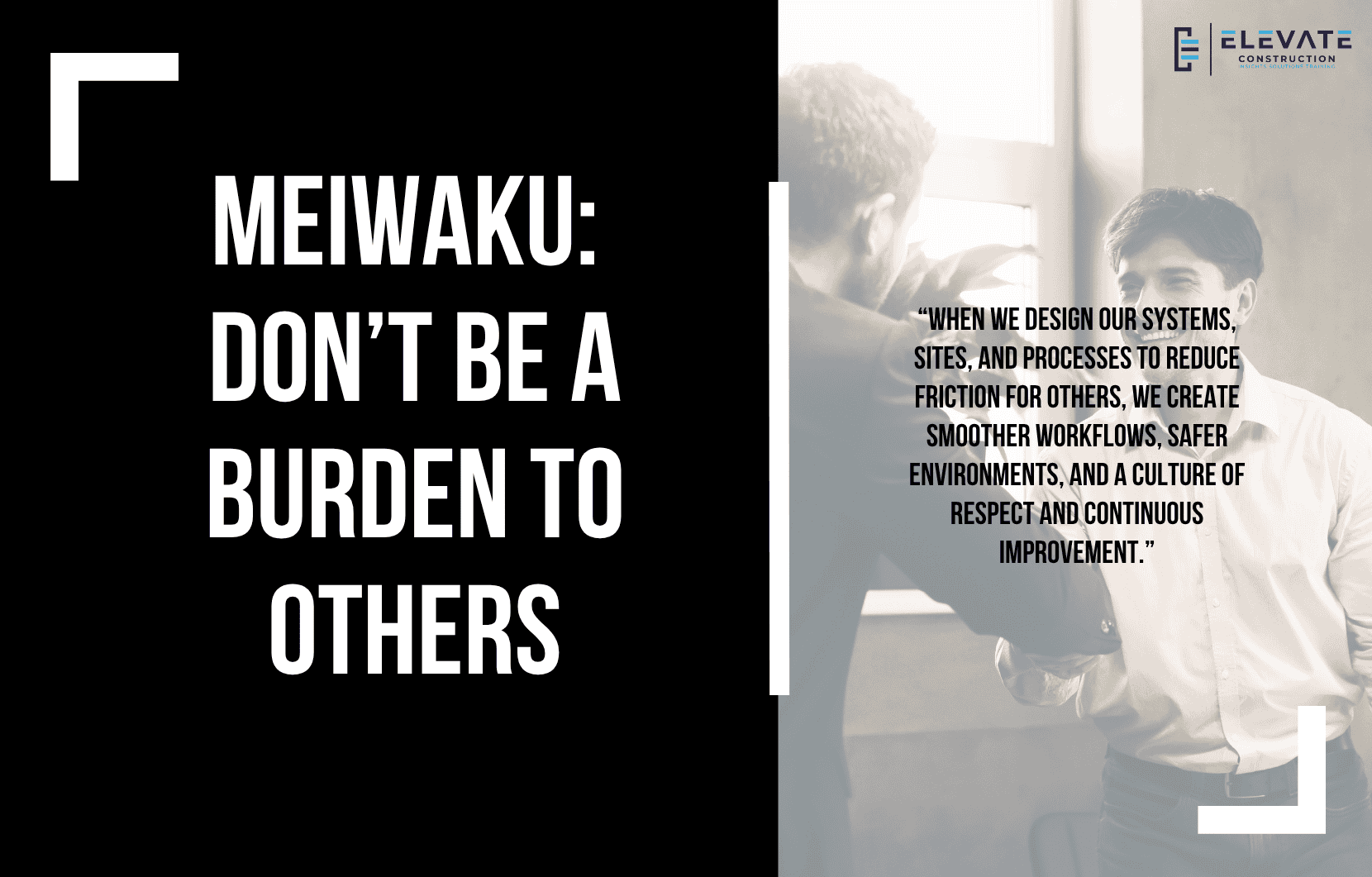Obeya: The Power of the Big Room in Lean Collaboration
Obeya literally means big room. I have talked about this for years, but I want to offer a fresh perspective that might change how you see open office collaboration entirely. If you want to understand why big room thinking is one of the most transformative elements in lean construction, this blog will help.
The Problem with Traditional Offices
There has always been debate around open office spaces versus private offices. Some people argue passionately for their personal space. Others insist that open layouts create chaos or noise. But here is the truth. Humans are designed to work as teams, and no environment destroys trust, connection, communication, and feedback faster than walls and closed doors.
When leaders isolate themselves in private offices while everyone else works elsewhere, it creates a classical management structure. Hierarchy appears. Distance grows. Communication slows. Trust erodes. And teams struggle.
Open office spaces with intentional support systems are the modern answer. You accommodate introverts and extroverts by creating respectful shared environments, using noise cancelling headphones, and offering production pods where people can work quietly when needed.
What I Saw in Japan
In Japan, I visited a company responsible for hundreds of millions of dollars in work. Their entire operation ran out of a clean, efficient open office. Shoes off at the entrance. Minimal clutter. Movable boards with all their data and visuals. And when someone needed to meet, they simply gathered at the center of the room.
The environment built trust. It created natural proximity. Everyone knew what was happening in real time. Cross training was effortless. There was almost no hierarchy. Improvements happened constantly. And waste from unnecessary movement and siloed communication was nearly gone.
Construction should look the same. You can still have production pods and conference rooms when needed, but the team should be together, seeing the work, solving problems as one.
Why Big Rooms Matter on Construction Sites
If I am running a project, whether large or small, I am setting up a trailer complex with a unified open space. Everyone can see the situation room visuals. Everyone can monitor real time progress. Everyone can access the project data. The goal is simple: see as a group, know as a group, act as a group.
When people hide behind walls or in separate trailers, here is what happens. Trust breaks down. Feedback loops slow. Emails increase. Communication becomes siloed. Duplicate messages appear. Hierarchy creeps in. Culture gets damaged.
Big rooms eliminate those issues by keeping everyone close, transparent, and aligned.
Obeya in Practice
Think of it like a mission control room. Visuals everywhere. Data clear and visible. Leaders in proximity with their teams. Quick coordination. Real problem solving. Whether you picture NASA, Nick Fury in his command center, or a Star Trek bridge, the idea is the same. Leaders and teams work together in the same open space with complete visibility.
The opposite is a separated office. And if you hide in one, you are essentially a remote worker without any systems to support remote work. You are disconnected from the job and disconnected from the team.
At LeanTakt, our staff is fully remote. But we counter distance with intentional check-ins, Miro boards, virtual interfaces, and events that maintain proximity. A separated office on a job site has none of that. It isolates and disrupts everything.
We Must Work as Teams
Lean construction is built on total participation. But you cannot have total participation if everybody is separate. That is why morning huddles matter. That is why visuals matter. That is why proximity matters.
Until the crews meet as one group, they will always act like separate entities competing for space, time, and resources.
The Obeya, the big room, solves that. It unifies the team and removes the invisible walls that block collaboration.
Find Real Solutions Instead of Arguing Yes or No
The big room debate often sounds like political arguments. People argue all or nothing: open office or private office. Noise or silence. Chaos or isolation.
But the right answer is balance.
Have a shared big room and supplement it with production pods. Offer conference rooms. Provide noise cancelling headphones. Teach etiquette and visual discipline. Build an environment that works for humans instead of forcing humans to adapt to outdated environments.
This is how you achieve both collaboration and focus.
The Difference Is Monumental
There is a massive difference between a project that uses a big room and one that does not. The culture is stronger. The communication is faster. The problems are solved earlier. The team becomes unified instead of fragmented.
Even a big room done imperfectly outperforms a separated office system.
I hope you have enjoyed this blog.
If you want to learn more we have:
-Takt Virtual Training: (Click here)
-Check out our Youtube channel for more info: (Click here)
-Listen to the Elevate Construction podcast: (Click here)
-Check out our training programs and certifications: (Click here)
-The Takt Book: (Click here)
Discover Jason’s Expertise:
Meet Jason Schroeder, the driving force behind Elevate Construction IST. As the company’s owner and principal consultant, he’s dedicated to taking construction to new heights. With a wealth of industry experience, he’s crafted the Field Engineer Boot Camp and Superintendent Boot Camp – intensive training programs engineered to cultivate top-tier leaders capable of steering their teams towards success. Jason’s vision? To expand his training initiatives across the nation, empowering construction firms to soar to unprecedented levels of excellence.
On we go



